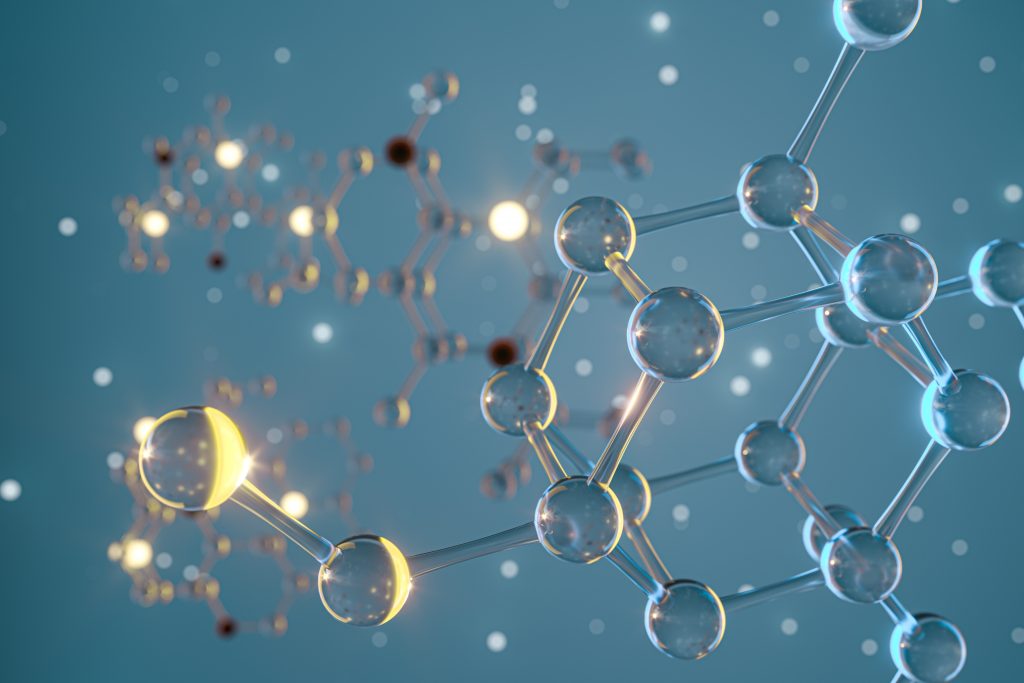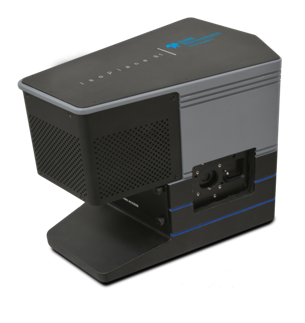Ecevit Bilgili
European Journal of Pharmaceutics and Biopharmaceutics
Hybrid nanocrystal-amorphous solid dispersion (HyNASDs) has been utilized, via the FERGIE spectrometer (a previous version of the IsoPlane 81), to study the enhancement of bioavailbaility of poorly soluble drugs.
Researchers from the group of Ecevit Bilgili at New Jersey Institute of Technology, USA, determined that using a hybrid mixture of nanocrystal along with an amorphous dispersion in the dissolution media enhances the release of BCS class II drugs as compared to conventional amorphous solid dispersions. This was demonstrated by measuring the percentage of griseofulvin that supersaturated in dissolution.

The group has studied solid state drug-polymer interactions utilizing Raman spectroscopy in combination with XRPD (x-ray powder diffraction) and DSC (differential scanning calorimetry) measurements. Their Raman measurements used a 785nm, 500-mW external diode laser along with the FERGIE spectrometer, with data acquisition at ~15 sec per spectrum.
The group is actively involved in fundamental understanding of the mechanisms behind the transformation of drug nanoparticles via top-down and bottom-up approaches. Raman spectroscopy has helped them in understanding the drug-polymer interaction which was key to understanding spray dried sample compositions in comparison to samples from nanosuspension feed

